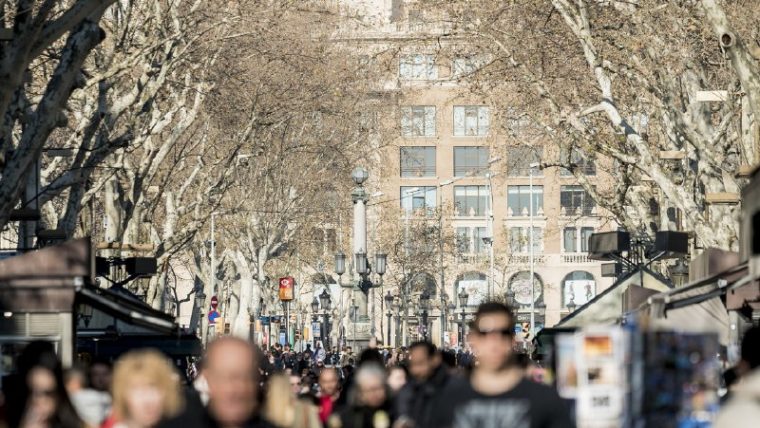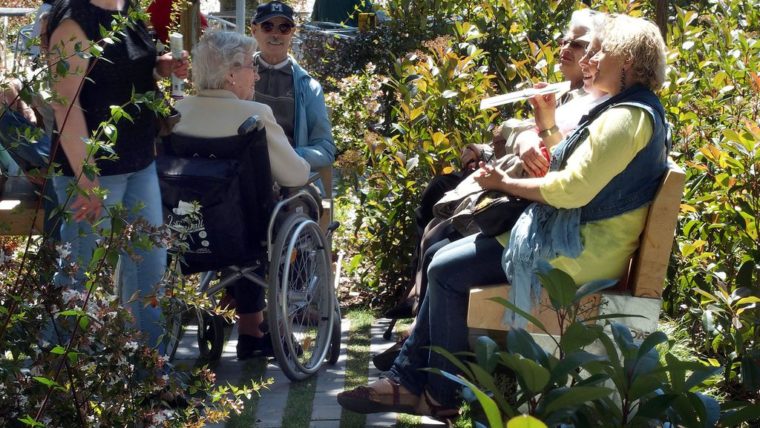The city’s statistical yearbook provides a snapshot of the pre-pandemic city
The Statistical Yearbook of the City of Barcelona 2020 makes a quantitative and qualitative analysis of the city in 2019, with more than 400 statistical tables. This year’s report offers a very details snapshot of the city’s demographic, social, cultural and economic make-up before the outbreak of the Covid-19 pandemic.
This edition of the publication by the Municipal Data Office is the latest in a series which first appeared in 1902. An effort has been made to contextualise the data effectively, with references to the year 2000 where possible to see their evolution.
This is the first time that each of the twenty subject chapters have been complemented with a brief description and a concise graphic representation, offering readings at three levels: descriptive, statistical and graphic.
Besides information in Catalan, this is the first time that data is also available in Spanish and English.
Some notable data from the yearbook:
- Population and demography: There are a record number of centenarians in the city: 863 people, some 10% more than the previous year.
- Public health: Visits to primary healthcare centres rose by 1.3% in 2019, compared to the previous year. The pet census put their number at 67,400, some 7.1% more than the year before.
- Social welfare: The number of people using the telecare service rose by 3.2%. The number of users has risen every year since the service was set up.
- Culture: In 2019, the number of holders of library membership cards topped a million for the first time, with 3.7% more than in 2018. Barcelona’s museums attracted 12.7 million visitors (up by 1.6%) and its architectural spaces over 11.7 million visitors (up by 4.1% compared to 2018).
- Sport: Barcelona has got over 1.900 public sports spaces, highly diverse and distributed around all the city’s ten districts. Members at municipal sports facilities also reached record levels, with nearly 200 thousand in all.
- Safety and protection: The Barcelona Fire Service acted on 20,971 occasions in 2019, some 4.6% more than the previous year. Fire services arrived on the scene within five minutes in 57% of cases.
- Justice: Courts handling violence against women confirmed an increase of 5.7% in offences in 2019.
- Economic activity and finance: The services sector generated 89.3% of Barcelona’s GDP.
- Transport and traffic: Motorcycles and mopeds took greater prominence and accounted for a third of new annual vehicle registrations.
- Urban planning and public works: Of Barcelona’s 101.4 km² of surface area, 27.1% is given over to residential use, 21% to the road systems and 28.1% parks (14.7% woodlands and 13.4% urban). The other 13.7% corresponds to infrastructures and technical services.
- Knowledge society: Barcelona’s public wi-fi network has got 1,158 connection points around the city, with 521 in municipal facilities sand 636 in public places.












